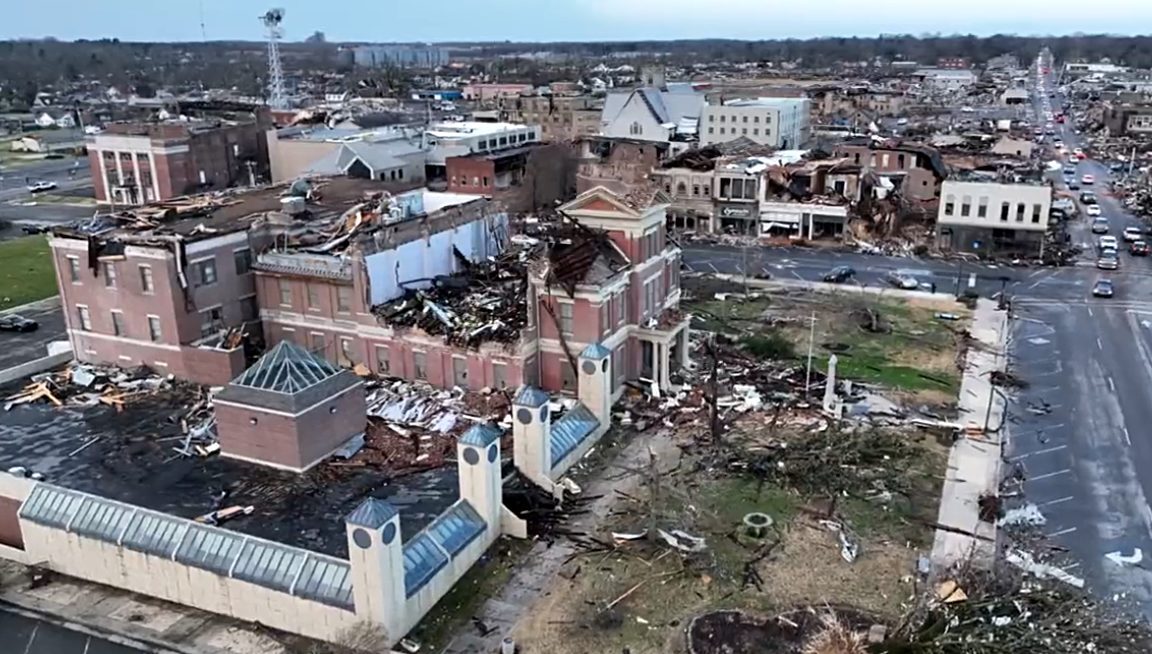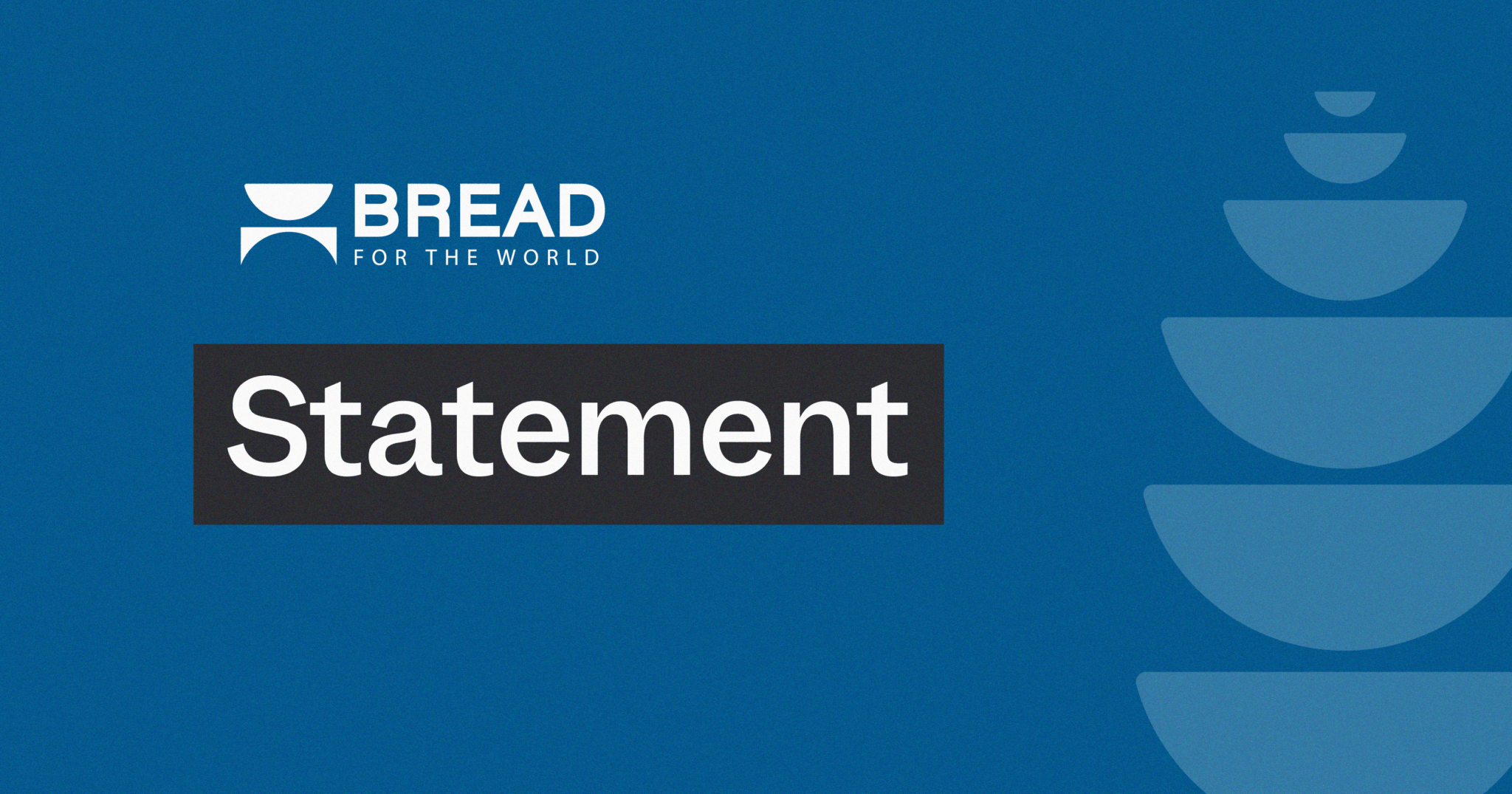By Todd Post
Natural disasters cause humanitarian emergencies and put survivors at risk of severe hunger and malnutrition, and disasters occur around the world with a regularity that should remind us how vulnerable people everywhere are to forces of nature.
Natural disasters occur in the United States, becoming more common and more severe because of climate change. Last week, we saw this when powerful tornadoes ripped through several states including Arkansas, Illinois, Kentucky, Mississippi, Missouri, and Tennessee.
Kentucky especially experienced incredible damage. Four tornadoes touched down in the western region of the state and tore a path that covered more than 200 miles. This was unprecedented.
The tornadoes pulverized several Western Kentucky counties and reduced homes and buildings to kindling. At the time of this writing, 74 people have died and at least 122 are still missing. We mourn the loss of life and the devastation that survivors are experiencing.
Before the sun was up putting the catastrophe in full view, Kentucky Gov. Andy Beshear had already established a relief fund so that anyone in the country could provide help to those impacted by the tornados. These will cover donations to assist in providing food, medicine, and housing to those who are homeless. This is just one of a multitude of relief efforts that commenced literally within hours after the devastation occurred.
The governor is coordinating with the federal government, which provide resources to people in the wake of natural disasters through the Federal Emergency Management Agency (FEMA). The agency has established a support base at Fort Campbell in Kentucky to coordinate with state and local partners, supplying generators, tens of thousands of meals and liters of water, cots, blankets, toddler kits, and other supplies.
Kentucky’s Heartland, the Feeding America affiliated food bank in Western Kentucky, quickly was able to send emergency meals to the affected areas. The food bank is receiving additional resources from other food banks in the region and is set up to receive donations from anyone across the country who wishes to donate.
There will not be a hunger crisis in these counties, or in areas of the other states that suffered damage from the tornadoes. There will not be a hunger crisis because, despite the devastation, the United States has an anti-hunger infrastructure capable of responding effectively to natural disasters. This infrastructure includes all of us, and like concentric circles expands beyond neighbor to neighbor to charities and their networks to local, state, and national government.
And like concentric circles, the largest of these is the federal government, the most resourced of all to provide support. Because the federal government is also the most removed from the center, it may appear to some to be the most removed from ground zero. But a federal government that remains well-resourced to the challenges of responding to natural disasters is the basic difference between nations that can respond effectively for their people and those that cannot.
Our hearts are with those affected by the tornadoes, while we are reminded to be grateful for our country’s ability to respond effectively to meet needs during times like these.
Todd Post is senior researcher, writer, and editor (Hunger Report) with Bread for the World Institute.



